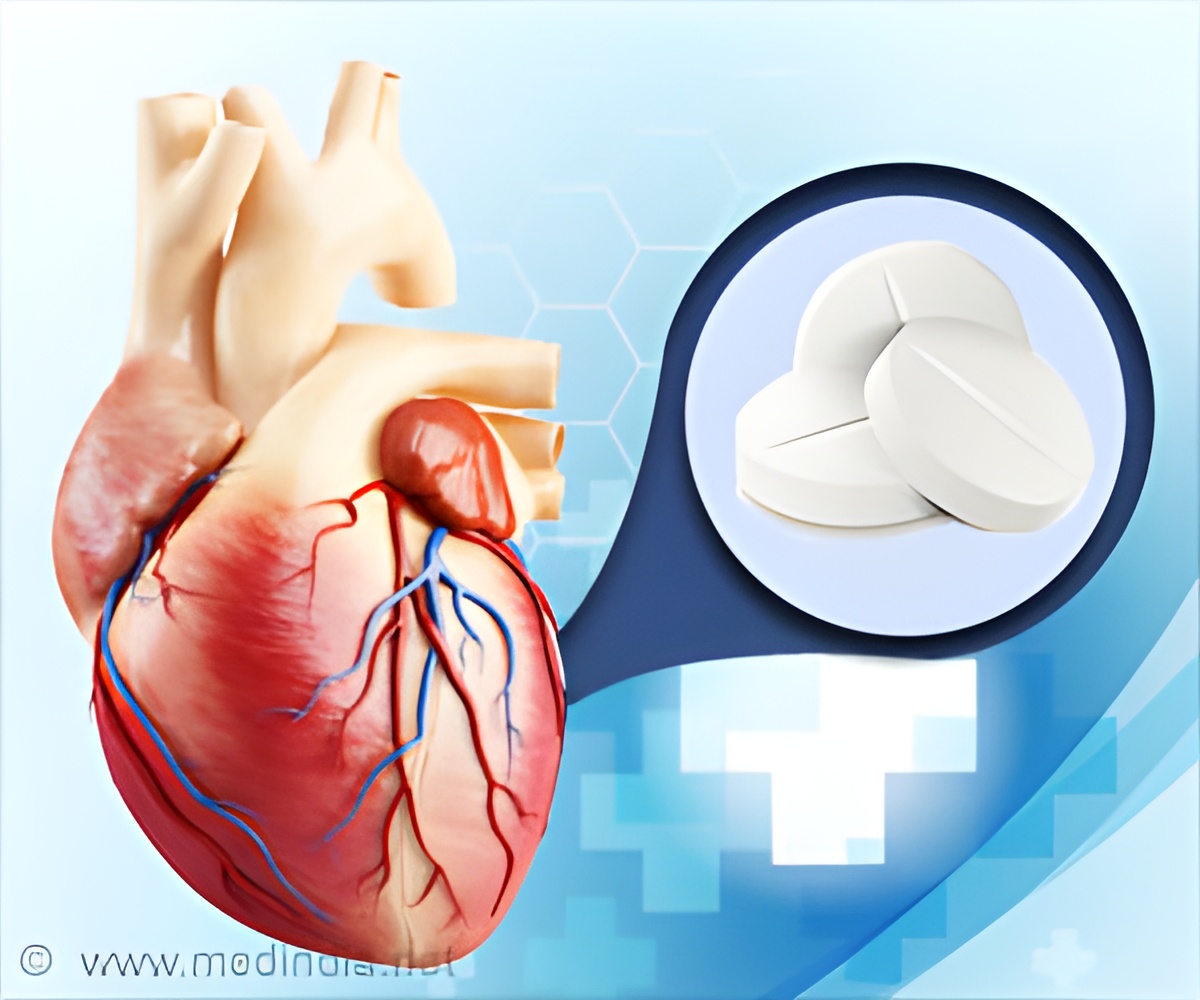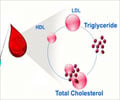The simvastatin–ezetimibe combination was found to reduce LDL cholesterol and was more effective in reducing cardiac events compared to statins alone in patients following coronary artery syndrome.

Some patients may not respond completely to lower doses of statins and may need higher doses. Very high doses of statins may be associated with side effects. Such cases may benefit with the addition of another cholesterol-lowering drug with a different mechanism of action. Among these is a relatively new drug called ezetimibe. Unlike statins which act by reducing the production of cholesterol, ezetimibe acts by reducing absorption of cholesterol from the intestine. Thus, the effect of both these drugs is additive, and is likely to bring down cholesterol even further.
But does this additional decrease in cholesterol help to reduce cardiac complications? The Improved Reduction of Outcomes: Vytorin Efficacy International Trial (IMPROVE-IT) examined the use of the combination (ezetimibe and simvastatin) in comparison to simvastatin alone (simvastatin monotherapy) in patients who have had an acute coronary syndrome in the past with LDL cholesterol (low-density lipoprotein) values within guideline recommendations. Acute coronary syndrome includes a group of conditions which include unstable angina and heart attack.
In acute coronary syndrome (ACS), there is decreased blood flow in the coronary arteries of the heart and this leads to part of the heart muscle becoming unable to function properly or dies. The most common symptom of this syndrome is chest pain, often radiating to the left arm or angle of the jaw, pressure-like in character, and associated with nausea and sweating. Whereas with stable angina pain occurs during exertion and resolves with rest, in ACS or unstable angina this is sudden with minimum or no exertion. This is more dangerous condition as it is unpredictable.
ACS is caused by a block in the blood supply to the heart, which is commonly a consequence of high cholesterol depositing into the arteries.
Eighteen thousand patients were enrolled for the study. These included those who had an acute coronary syndrome within the previous 10 days and were stable. The patients were divided into two groups; one group was administered simvastatin and ezetimibe, while the second group was administered simvastatin plus placebo. It was necessary to administer the placebo so that it would not be possible for either the treating doctor or the patient to know which group the patient belonged to since both groups would be taking two tablets. This would avoid bias in the results of the study. The patients were re-examined at 1 month, 4 months and every subsequent 4 months. The study lasted for 6 years.
An LDL cholesterol level of less than 70 mg/dL has been recommended in patients with acute coronary syndrome. This study suggests that lowering even below 70 mg/dL may be beneficial in these patients. There were no significant additional adverse effects in the group taking two medications instead of one. The median LDL level was 53.7 mg/dL in the combination therapy group and 69.5 mg/dL in the simvastatin-placebo group; this level was achieved after one year of treatment.
Some of the take-home messages of this study are:
LDL cholesterol levels even below recommended limits are associated with lower risk of cardiovascular events like stroke and heart attack and death due to cardiovascular disease. These lower limits can be achieved with a combination of simvastatin and ezetimibe. The earlier concept that only statins can improve cardiac outcomes has been challenged by this study.The combination of simvastatin and ezetimibe is not associated with a significant higher incidence of adverse effects than simvastatin alone. The combination may also be useful in those patients who cannot achieve a good control with simvastatin alone or those who cannot tolerate very high doses of simvastatin.
The results of the study are currently being debated. Therefore, it may be take some time before a general recommendation for the combination may be advised.
The additional costs of the combination treatment over long term should be justified. A tablet of ezetimibe roughly costs between 5 to 12. Thus, the cost of a daily tablet in addition to the several others that the patient may already be taking should be taken into consideration.
Around 42% patients in each group discontinued the study, which is a high rate. However, the discontinuation rate for both the groups is similar.
Simvastatin was the only statin used in the study. Thus, a study involving other statins like atorvastatin and rosuvastatin could provide a clearer picture of the benefits of ezetimibe plus statin combination over statin alone.










